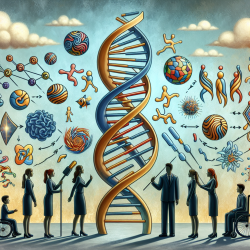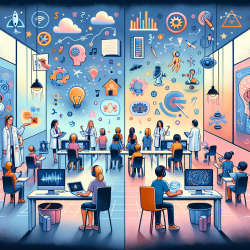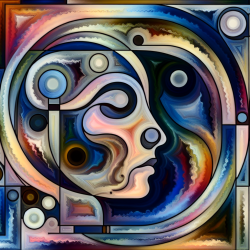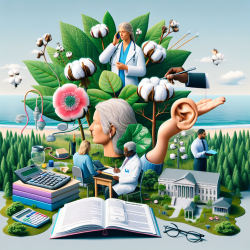Understanding Genomic Sister-Disorders
The study of genomic sister-disorders offers profound insights into the complexities of neurodevelopmental conditions. These disorders are characterized by duplications or deletions of the same genomic regions, leading to contrasting phenotypes. The research article "Genomic sister-disorders of neurodevelopment: an evolutionary approach" by Crespi, Summers, and Dorus (2009) delves into these phenomena, examining conditions such as Williams syndrome, Velocardiofacial syndrome, and Smith–Magenis syndrome, among others.
Implications for Speech-Language Pathologists
As practitioners dedicated to improving communication outcomes for children, understanding the genetic underpinnings of these disorders can enhance our intervention strategies. The study highlights the role of gene copy-number variations in conditions like autism and schizophrenia, which are often accompanied by speech and language challenges.
Here are some key takeaways for speech-language pathologists:
- Gene Copy-Number Variations: Understanding that gene duplications and deletions can lead to different neurodevelopmental outcomes helps in tailoring interventions. For instance, children with duplications might exhibit different speech patterns compared to those with deletions.
- Behavioral Phenotypes: The contrasting phenotypes associated with genomic sister-disorders provide a framework for predicting potential communication challenges. For example, children with Williams syndrome often display hypersociability and strong verbal skills, whereas those with its sister-disorder might struggle with language.
- Evolutionary Insights: The study's evolutionary approach suggests that some genes have been subject to positive selection, influencing social cognition. This perspective can inform our understanding of typical versus atypical language development.
Encouraging Further Research
While the study provides valuable insights, it also opens the door for further research. Speech-language pathologists are encouraged to explore the following areas:
- Genotype-Phenotype Correlations: Investigating how specific genetic variations correlate with speech and language phenotypes can lead to more personalized intervention strategies.
- Longitudinal Studies: Conducting longitudinal studies on children with genomic sister-disorders can provide insights into the developmental trajectory of communication skills.
- Cross-Disciplinary Collaboration: Collaborating with geneticists and neuroscientists can enhance our understanding of the biological bases of speech and language disorders.
By integrating these insights into practice, speech-language pathologists can better support children with neurodevelopmental disorders, ultimately improving their communication outcomes.
To read the original research paper, please follow this link: Genomic sister-disorders of neurodevelopment: an evolutionary approach.










